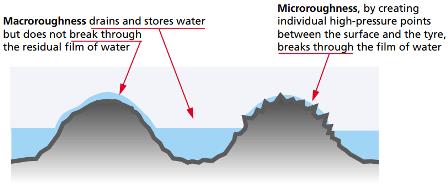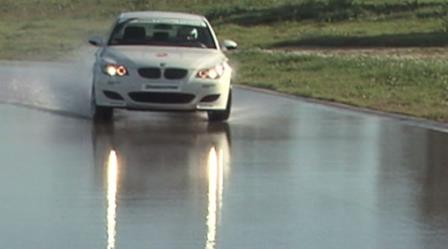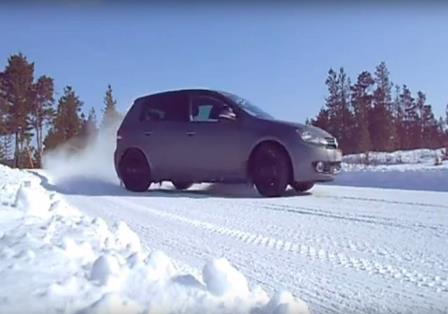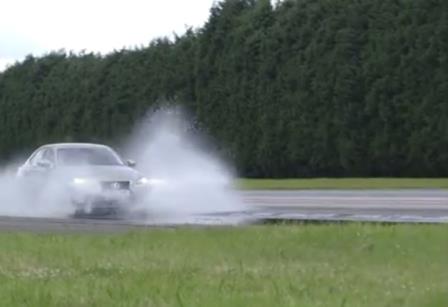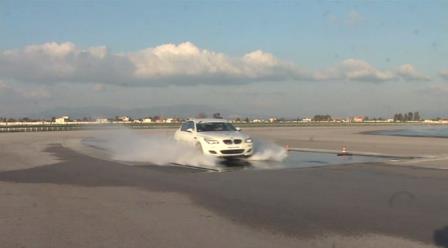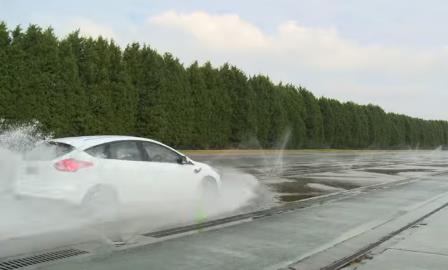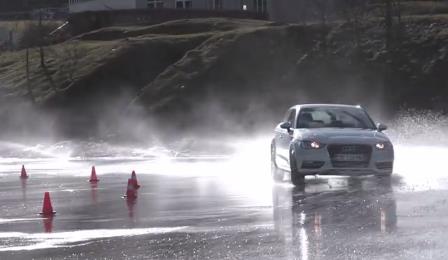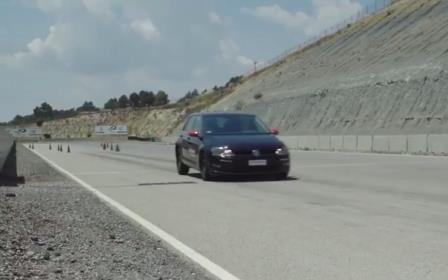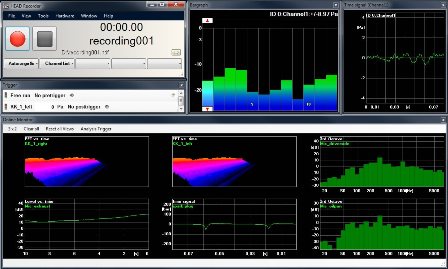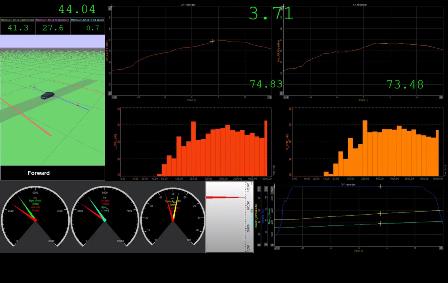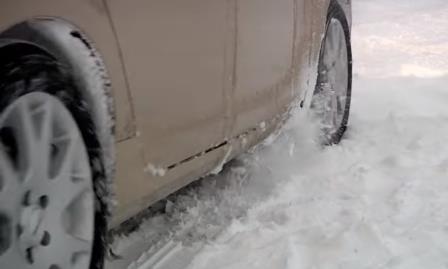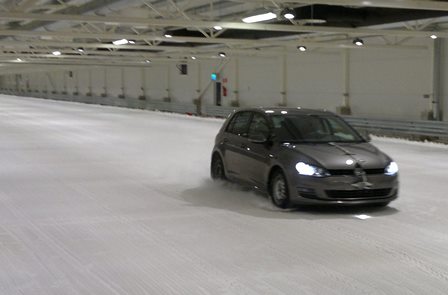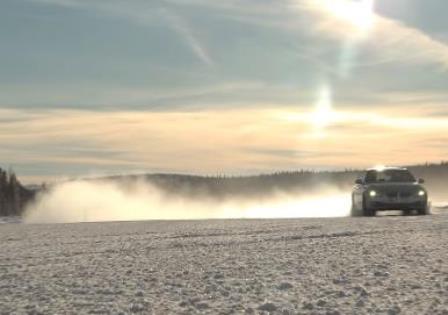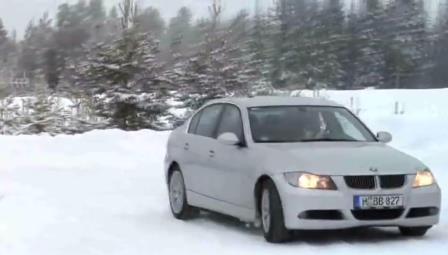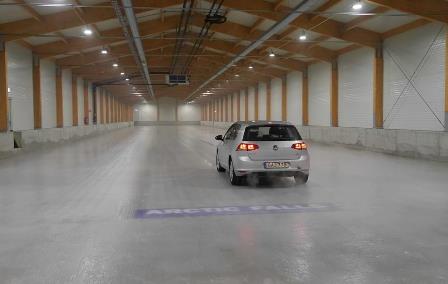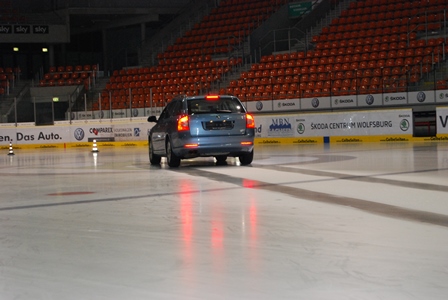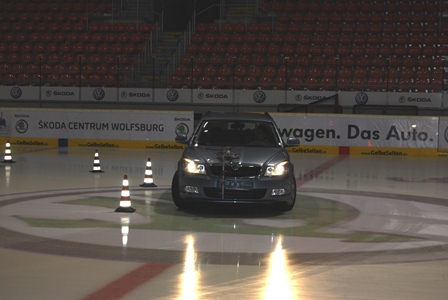Road surfaces are made of mineral aggregates obtained by crushing hard rocks of sandstone or granite, for example, as well as of sand and fines, that are all bound together by bitumen most of the time. The size of the aggregates, which are the main components, ranges from 6 to 14 mm. Road surfaces can be made by applying a coat of bitumen to the road, and then spreading the aggregates over it: these are called surface coatings. Most often however the aggregates, sands and fines are hot-mixed with the binder to produce bituminous concrete which is then laid down on the road and compacted. These are known as bituminous mixes. Standards define a wide variety of bituminous mixes, which are designed for different applications, such as support layers or surface layers. For bituminous concretes, the various sizes of aggregates, sand and fines are distributed in such a way that the gaps between them is as small as possible, which gives the whole surface good mechanical cohesion and sealing. In draining mixes, the size of the aggregates used leaves empty spaces to enable the water to permeate downwards.
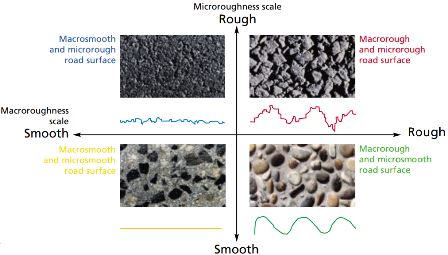
On a wet surface, the friction coefficient is always worse and varies enormously with the type of surface. This is because a film of water between the rubber and the road prevents the molecular adhesion mechanism from working, unless this film is broken. However, the indentation mechanism, which is vital to grip, is still operational. On a damp surface, we find that micro-rough road surfaces give the best grip, macro-roughness playing a secondary role. If the depth of water increases (wet surface), micro-roughness may become flooded. Macro-roughness continues to indent, drain and store, but there is a risk of aquaplaning at high speed. Water therefore interferes with grip and the tires must be designed to disperse this water quickly and effectively by adjusting the shape of the contact patch, the tread pattern and the sipe arrangement.
